Buy Buy Miss American Pie
The American consumer stands in the middle of a battlefield. The combatants: American and foreign automobile manufacturers, their unions, dealers and various representatives; politicians representing both northern and southern industrial states, and you. The stakes: profits, derived from the hearts, minds and wallets of red state car buyers. They’ve drawn their lines in the sand. They’ve loaded their weapons. They’ve fired their first salvos in what promises to be an ugly and protracted battle. And they’re all mentally constipated.
Ford drew first blood with its short-lived Red, White and Bold campaign. Characteristically, Toyota responded more authoritatively. Their “We're American” ad campaign declared that Toyota directly employs more than 32k Americans, and creates over 386k more jobs through its dealers and suppliers. Speaking at a visit to one of their Kentucky plants, Toyota’s newly-minted Chairman Fujio Cho spelled it out: "We have been working in the United States, contributing to the communities where we produce… Our workers here, almost all of them are U.S. citizens, so in that way, we are a US company." Then Toyota announced its intention to invade that unique bastion of working class America: NASCAR.
Next up: the Level Field Institute (LFI). Retired union workers from GM, Ford and Chrysler formed this “grass roots organization” because “when it comes to cars, ‘Made In America’ still matters.” The LFI admits that “measuring ‘made in America’ is getting more complicated.” But its ads aren’t bothered by fine distinctions: they simply list American jobs by manufacturer. Ford admits contributing cash to the LFI’s $1m TV, print and Internet campaign. The other domestics have lent the LFI emotional support. "I'm a little offended with Toyota's campaign," said Chrysler Communications Supremo Jason Vines, re-affirming the German-owned company's patriotic fervor. "They are a Japanese car company. Baseball, hot dogs and Toyota? Sorry, it doesn't ring a bell."
Then there’s the United Auto Workers (UAW). The union made their stand on the “buy American” issue perfectly clear years ago, when they convinced their employers to ban or segregate non-American cars from their parking lots. As far as they’re concerned, no true American would be caught dead behind the wheel of something that wasn’t built in an American plant by Americans who all belong to an American labor union and collect union wages (and, oh by the way, pay hefty union dues). The economic survival of the American middle class depends on American solidarity.
The truth is that “built” means “formed by combining materials or parts.” A car assembled in the United States is "built in America." If the artists formerly known as The Big Three (and their stakeholders) want consumers to “buy American,” they should decorate every vehicle assembled on American soil with foot-high letters proclaiming “Built in the USA.” Of course, the Ford Fusion needs a “hecho en Mexico” sticker, the LaCrosse merits a "Construit en Canada” tag and an Aveo should sport the appropriate Korean kudos. While they’re at it, US automakers should identify models sitting on platforms developed by foreign-based subsidiaries, and plainly label vehicles with engines built in China, transmissions built in the Philippines, electronics from Korea, or hybrid systems designed and made in… Japan.
In fact, when it comes to domestic parts content, even the LFI can’t avoid the flag-waving hypocrisy. If you scrutinize their list of US vehicles’ domestic content, you’ll see that there isn’t a single vehicle for sale that’s 100% American. Aside from the Mazda Tribute and Ford Escape (snap), the “most American” cars you can buy are only 90% domestic. And quite a string of losers it is too: the Mazda B-Series, Saturn L, Chevy Malibu and Ford Econoline. There are a few 95 per centers, but the LFI fails to mention that these models are either dead (Alero, Taurus) or marked for death (Marquis). The LFI lauds GM for providing the most US jobs (more than all foreign-owned automakers combined), but they neglect to mention GM’s huge and growing investment in Chinese parts manufacture.
Let’s cut to the chase. If you look beyond the ads and news articles about what is or isn't "American made," the real defining factor is whether or not the car is built by a company controlled by the union. The manufacturers being targeted by this campaign are those with non-union plants who enjoy a healthy relationship with their laborers and a healthy profit statement. The cars this campaign’s backers would have everyone buy are built in plants where the employees' allegiance is to a union, not to the company that pays their wages. It's time someone cut to the heart of this “buy American” campaign and exposed it for what it is: a rehash of the old "look for the union label" campaign. Americans didn’t wear it then, and they’re not about to wear it now.
More by Frank Williams
Latest Car Reviews
Read moreLatest Product Reviews
Read moreRecent Comments
- Kwik_Shift_Pro4X Where's the mpg?
- Grg These days, it is not only EVs that could be more affordable. All cars are becoming less affordable.When you look at the complexity of ICE cars vs EVs, you cannot help. but wonder if affordability will flip to EVs?
- Varezhka Maybe the volume was not big enough to really matter anyways, but losing a “passenger car” for a mostly “light truck” line-up should help Subaru with their CAFE numbers too.
- Varezhka For this category my car of choice would be the CX-50. But between the two cars listed I’d select the RAV4 over CR-V. I’ve always preferred NA over small turbos and for hybrids THS’ longer history shows in its refinement.
- AZFelix I would suggest a variation on the 'fcuk, marry, kill' game using 'track, buy, lease' with three similar automotive selections.
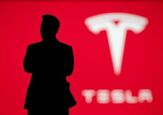
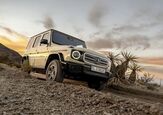
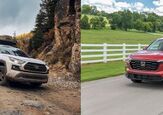
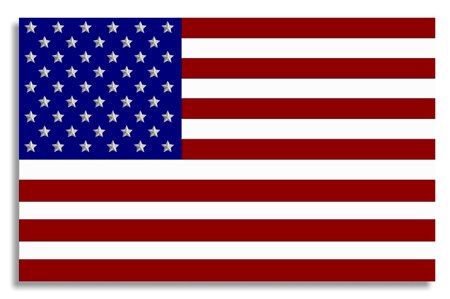
















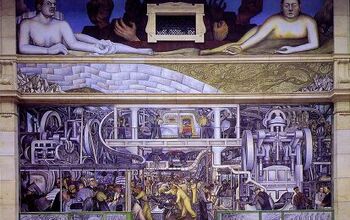
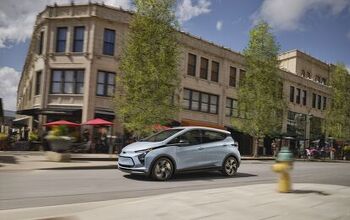
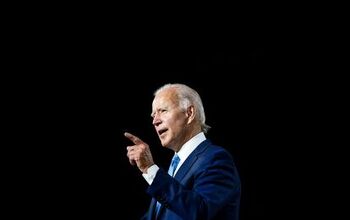
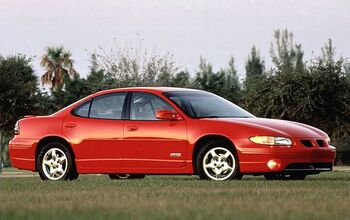

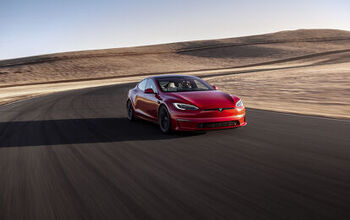
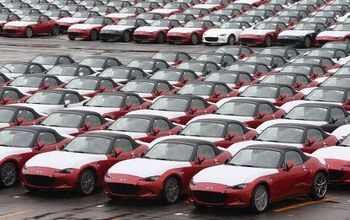
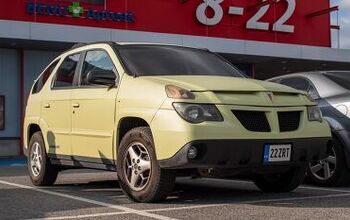
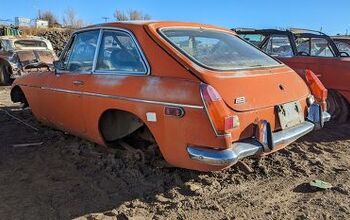
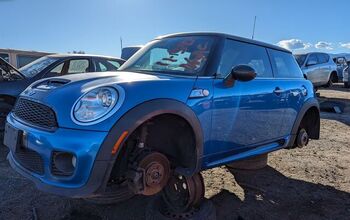
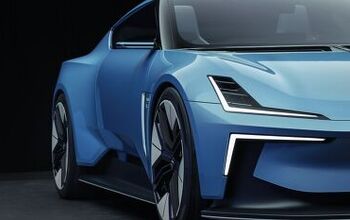
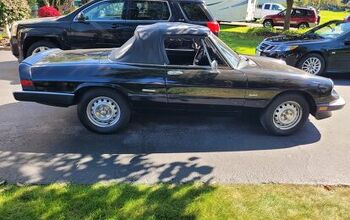
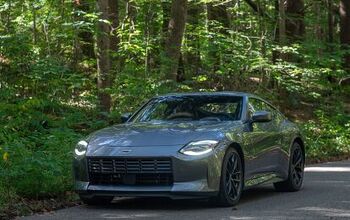
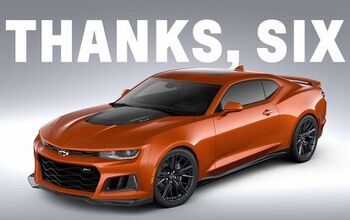
Comments
Join the conversation